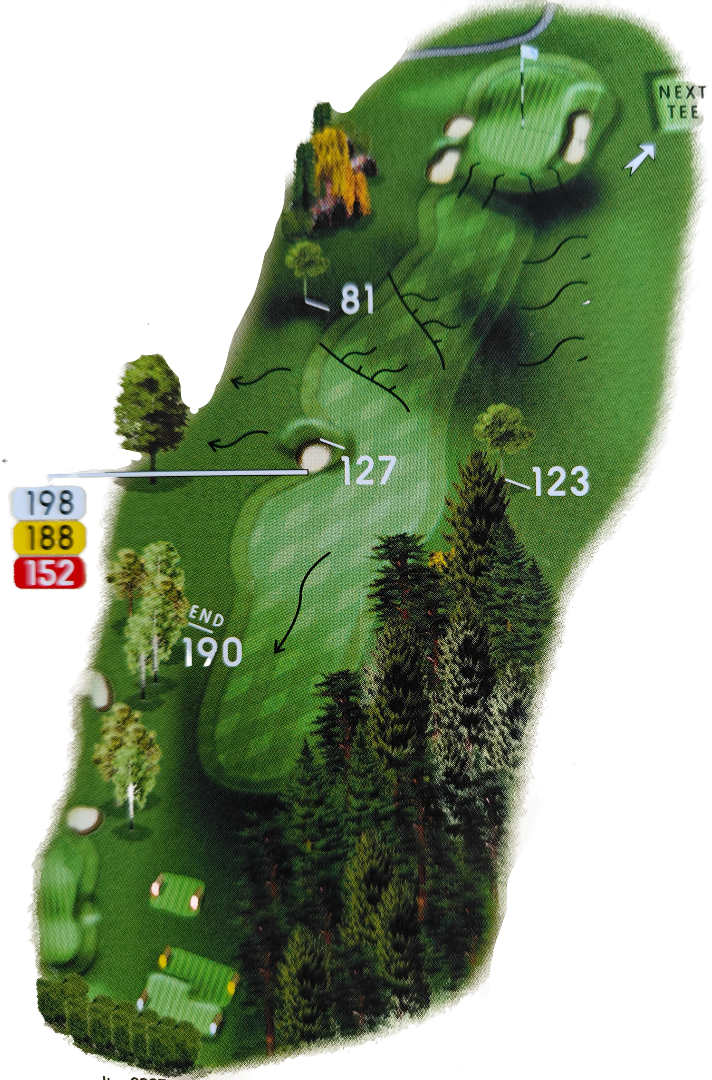Hole 2 | Sir Robert
A tricky hole requires an accurate drive with trouble left and right. The trees on the right are tight on the driving line. Left of the fairway leaves you bunker bound or an awkward stance across the slope. For slightly longer hitter things open up a little at the top of the slope. The green sits up over a valley requiring an accurate approach shot. Slightly short and you will be facing a tricky pitch up a really steep slope.
|
Tee |
Yards |
Par |
Index |
|
White |
337 |
4 |
6 |
|
Yellow |
327 |
4 |
6 |
|
Red |
291 |
4 |
6 |

Benevolence Runs Deep
Sir Robert McVitie Grant (1894–1947) was a Scottish businessman and philanthropist who played a significant role in both the McVitie’s biscuit empire and the local community of Forres. As the son of Sir Alexander Grant, the creator of the McVitie’s digestive biscuit, Sir Robert inherited not only a successful business but also a strong tradition of civic generosity.
Born into a family deeply rooted in Forres, Sir Robert continued his father’s legacy by managing the family estate at Logie and contributing to the town’s welfare. In 1945, he purchased the Muiryshade Golf Course from the Cluny Hill Hydropathic Hotel and gifted it to the people of Forres, ensuring the land would be held in Common Good for public enjoyment .
Sir Robert’s commitment to community development mirrored that of his father, who had previously gifted Grant Park to the town. His contributions have left a lasting impact on Forres, with the golf course and other communal spaces continuing to serve residents and visitors alike. After Sir Robert’s death in 1947, the Logie estate was inherited by his nephew, Sandy Laing, who continued the family’s involvement in the region
